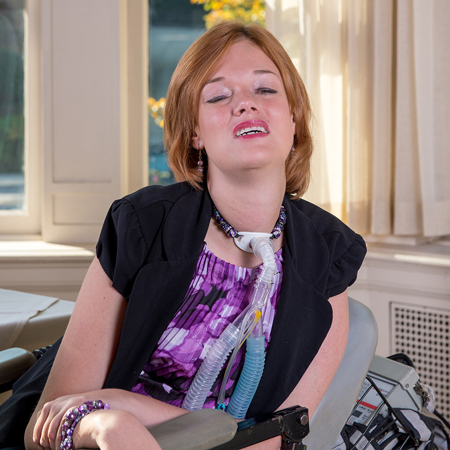
Josie Badger, Ph.D.
By Josie Badger, PhD
Inclusion is Fantastic and…
As an individual with a significant physical disability, I was fully included in mainstream education classes, and I believe in the academic and social importance of the Least Restrictive Environment (LRE). I graduated valedictorian from high school and went on to higher education; none of this would have been possible without full inclusion.
And…
Sometimes I wonder how the Individuals with Disabilities Education Act (IDEA), full inclusion, and IEPs have affected the disability community’s culture, identity, and advocacy. I spent the majority of my public education covered by IDEA and benefited from accommodations and an Individualized Education Program (IEP). I am certain that I would not have been in accelerated classes or been able to graduate on time without these supports.
And…
The accommodations and full inclusion “allowed” me to not be in any classes with others that had disabilities, to not have to talk about my disability, and to not require me to ask for accommodations. It “allowed” me to pretend that I did not have a disability eight hours a day, five days a week. Of course, there were accommodation snafus (un-accommodating teachers, a lack of a ramp to the stage, etc.), but overall, I was able to hide behind my IEP pretty well.
As I graduated high school and went in to my first meeting with the disability service office at my college, I realized I did not have a functioning definition of my own disability. I could talk about the diagnostics of it and how the acetylcholine does not fully work in the neuromuscular junction, but that is not much help when it comes to accommodations. For my entire public education, I had never had to discuss how my disability affected me and had successfully avoided IEP meetings. I did not know exactly what accommodations I received, and I certainly had no experience talking to a professor or teacher about them. My absence at the table during meetings or asking for accommodations had led me to believe that openly talking about my disability, my needs, or accommodations demonstrated my weakness and meant I had something to hide.
As students head back to school, I hope that their IEP teams encourage them to come forward and be involved instead of creating the sense that their disability is something to hide behind.
Here are some ways advocates and IEP teams can encourage self-awareness, self-acceptance, and self-advocacy in students with IEPs:
- Help students meet with each teacher prior to school starting
- Encourage the student to do a presentation about their disability to their classmates
- Explore potential activities where other individuals with disabilities are included
- If the student seems to be struggling, help them to identify what the problem is, potential solutions, and ways to address the issue
- Prior to each IEP meeting, talk to the student about what classes they are doing well in, what classes they need support in, which accommodations are working and which are not
- Review IEP accommodations and goals with youth before each meeting
- Support youth in attending and running their own IEP meetings
IDEA was written to allow students with disabilities the chance to achieve their maximum potential. In using IEPs as a stepping stone and encouraging self-awareness, self-acceptance, and self-advocacy, students can be fully prepared for transition out of high school.
Editors note: this piece first appeared as a blog post at the RAISE Center. To learn more, visit https://www.raisecenter.org/raise-center-blog/

 .
.